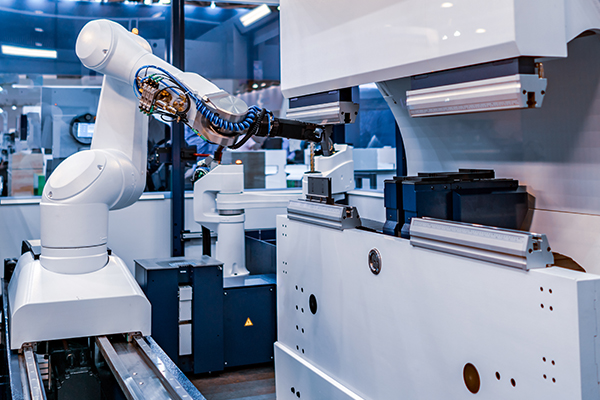As a specially designed linear actuator, the core value of the sliding cylinder lies in the dynamic adjustment characteristics of the end position of the stroke. Unlike the fixed stroke of traditional cylinders, it allows external intervention to directly change the effective telescopic range of the piston rod through a unique mechanical structure design. This design usually includes a main cylinder body, a built-in piston assembly that performs basic push-pull actions under air pressure drive, and integrates a set of precise stroke adjustment mechanisms. The adjustment component may use threaded screwing, slider positioning or wedge block intervention, so that the operator can flexibly set or correct the final stop point of the piston rod before the equipment is operated or in a non-disassembled state. This feature makes it show significant advantages in automated clamping, material positioning and flexible assembly scenarios that need to frequently adapt to different workpiece sizes or process position changes. It is especially suitable for customized chemical assembly systems that are sensitive to spatial layout or require rapid response, reflecting the engineering extension of pneumatic actuators in adaptability and precise position control. Its essence is to convert fixed stroke into controllable variables, providing dynamic production lines with stepless adjustment capabilities of physical position parameters.


